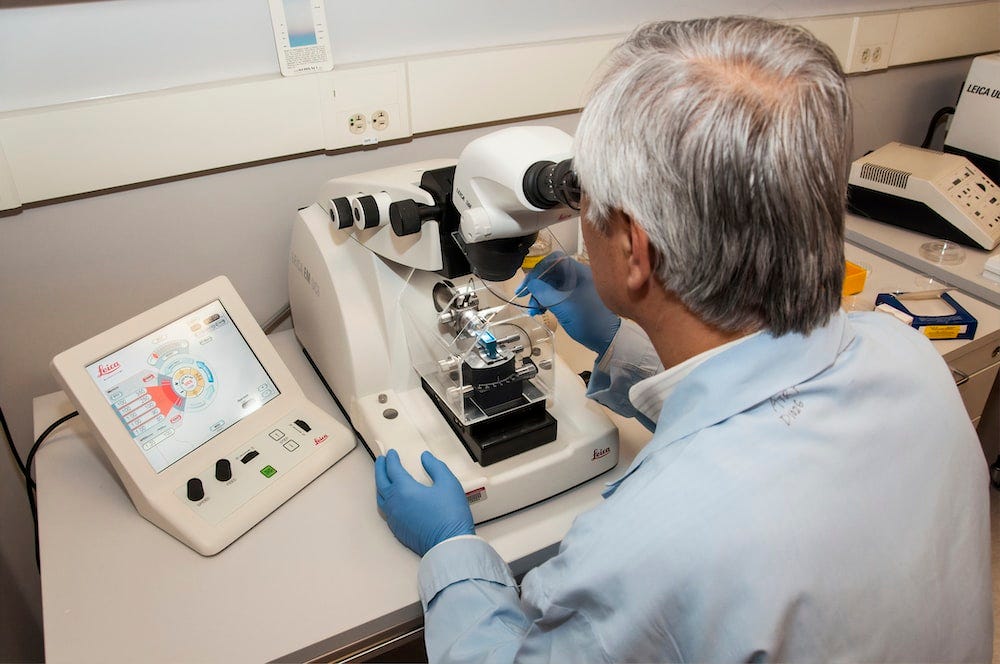Technology has become an integral part of healthcare, particularly in the field of nursing. From Electronic Health Records (EHRs) to telemedicine, technology has revolutionized how nurses deliver care. However, while technology brings numerous benefits, it also presents certain challenges. This article will explore the advantages and disadvantages of technology in nursing, shedding light on the impacts of technological advancements on this critical profession.
The Role of Technology in Nursing
The integration of technology in nursing has a rich history, dating back to simple innovations such as the introduction of electronic thermometers and blood pressure monitors. Today, technology permeates every aspect of nursing, from patient documentation and medication administration to patient monitoring and education.
There are various types of technology used in nursing. EHRs have digitized patient records, enabling instant access to comprehensive patient data. Telemedicine platforms have made healthcare accessible even from remote locations. Mobile health apps and wearable devices empower patients to take an active role in managing their health.
However, with the rapid advancement of technology, keeping up-to-date can be challenging for nurses. Many have found themselves uttering the phrase "write my nursing paper for me" as they juggle their responsibilities and the need to continuously learn about new technologies. Nevertheless, the importance of technology in nursing cannot be overstated, as it significantly contributes to improved patient outcomes, enhanced nursing efficiency, and better healthcare delivery.
Advantages of Technology in Nursing
There are numerous advantages of technology in nursing that have redefined this profession.
1. Improving Efficiency and Accuracy
Digital tools like EHRs eliminate the need for physical paperwork, reducing the chances of human error and increasing the accuracy of patient records. This leads to improved diagnostics and treatments.
2. Enhancing Patient Care and Outcomes
Technology enables nurses to monitor patients in real-time, allowing for early intervention and consequently better patient outcomes. Mobile apps and wearables provide patients with health information and reminders, which contribute to more effective health management.
3. Facilitating Communication and Collaboration
Technology has improved communication within healthcare teams. With digital records and telemedicine platforms, healthcare professionals can share information, collaborate on treatment plans, and provide coordinated care to patients, regardless of their geographical location.
4. Enabling Remote Care and Monitoring
Telemedicine and remote patient monitoring systems allow healthcare providers to monitor and treat patients from afar. This is particularly beneficial for patients living in remote areas or those unable to make frequent hospital visits.
Despite these significant advantages, technology also brings certain challenges to the nursing profession. It's essential to understand and address these challenges to maximize the benefits of technology in nursing.
Disadvantages of Technology in Nursing
While technology has brought numerous benefits to nursing, it also presents some disadvantages that need to be carefully considered.
1. High Costs of Implementation
The implementation and maintenance of technological systems can be expensive. Hospitals need to invest in the latest equipment, software, and training programs. For smaller healthcare facilities or those in developing regions, these costs can be prohibitive.
2. Privacy and Security Concerns
The use of digital records and telehealth platforms raises concerns about patient privacy and data security. Breaches can lead to significant consequences, damaging the trust between patients and healthcare providers.
3. Technology Dependence and Risk of Malfunctions
Over-reliance on technology can create problems when systems fail or malfunction. Any downtime in systems can disrupt healthcare services and pose risks to patient safety.
4. Need for Continuous Training and Adaptation
Technology in healthcare is continually evolving. This necessitates constant training to ensure that healthcare providers are up-to-date with the latest tools and know how to use them effectively. This continuous learning requirement can be demanding and stressful for nursing staff.
Balancing the Advantages and Disadvantages
Balancing the advantages and disadvantages of technology in nursing is a crucial task that demands careful consideration. Before implementing new technologies, healthcare facilities should conduct a comprehensive cost-benefit analysis. This process evaluates whether the potential improvements in patient care and operational efficiency outweigh the financial investments necessary for acquiring and maintaining these systems.
Simultaneously, robust security measures should be implemented to safeguard patient data and privacy. Regular review and updates of these security measures are critical in staying ahead of potential cyber threats and maintaining patient trust.
Additionally, the development of contingency plans is essential to ensure continuity of care in the event of technological failures. It's necessary to have protocols in place to respond swiftly and effectively when systems malfunction to minimize disruption to healthcare services.
Finally, fostering a culture of continuous learning and adaptation is key. Given the rapid evolution of healthcare technology, it's important to provide ongoing training and support for nursing staff to adapt and effectively utilize these new tools. This support reduces the stress of adapting to new systems and ensures optimal utilization of these tools, thereby enhancing patient care and outcomes.
Conclusion
The integration of technology into nursing practice brings numerous advantages, such as improved efficiency, enhanced patient care, and better communication among healthcare professionals. However, it also presents certain challenges, including cost, security concerns, and the need for continuous training. Balancing these advantages and disadvantages is crucial for the successful implementation of technology in nursing.
As the field continues to evolve, nurses must stay updated on the latest technological advancements. Resources such as the best dissertation writing services can provide valuable assistance, offering informative articles and guides about new technologies in nursing. The future of nursing will undoubtedly be marked by technological advancements, and the profession's success will hinge on how well these tools are harnessed for the benefit of patient care.

